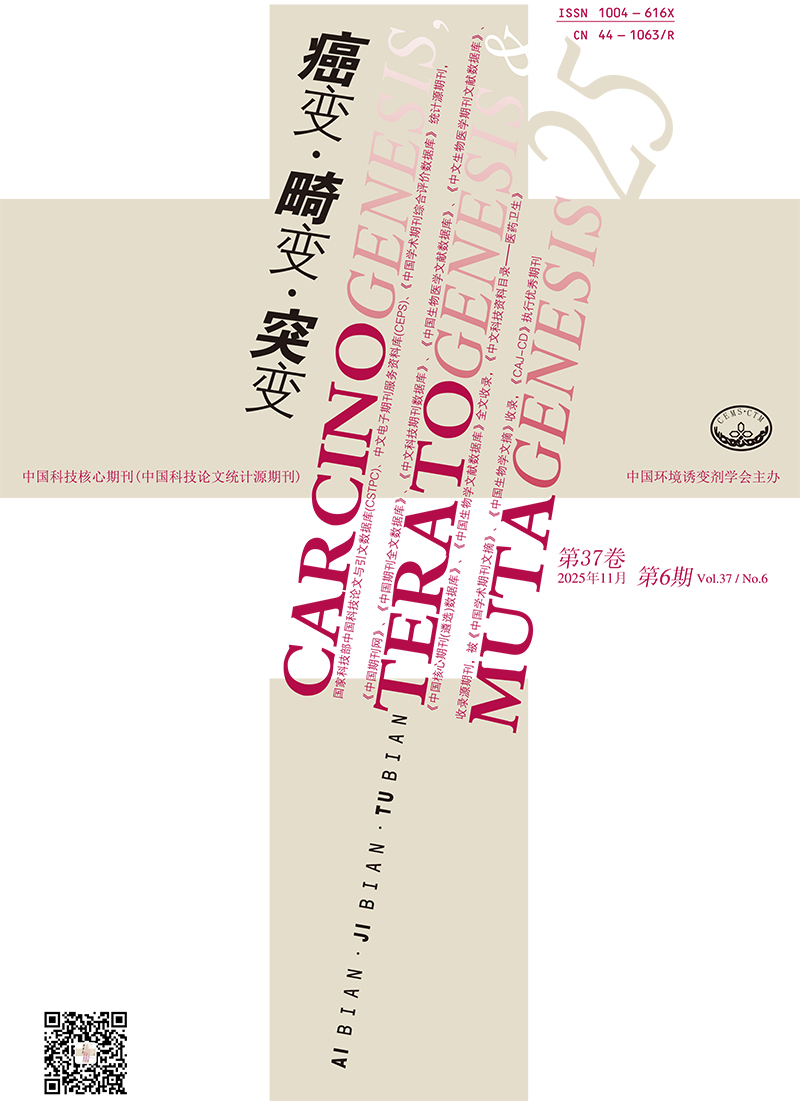
《癌变·畸变·突变》是中国科学技术协会主管、中国环境诱变剂学会主办、汕头大学医学院承办、科学出版社出版的国家级学术期刊。系“中国科技论文统计源期刊”(中国科技核心期刊)。根据中国学术期刊综合引证报告(2003版)的统计,本刊影响因子为0.379。在肿瘤学类期刊中排名第4。
2. 办刊宗旨
通过介绍环境因子致癌、致畸变和致突变领域的新理论、新技术、新方法以及国内外研究动态,进行学术交流,促进本学科的繁荣与发展。
3. 栏目
设有“专家述评”、“论著”、“肿瘤防治”、“检测研究”、“相关医学基础与临床”、“技术与方法”及“综述”等栏目。
4. 稿件内容
主要报道环境因子与肿瘤发生、胎儿畸形
...更多
Current Issue
30 November 2025, Volume 37 Issue 6





